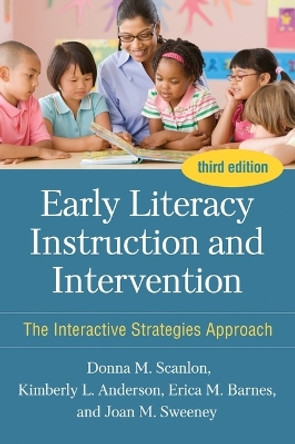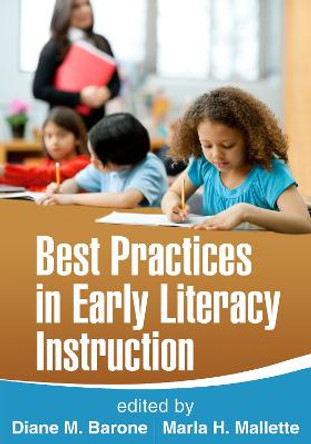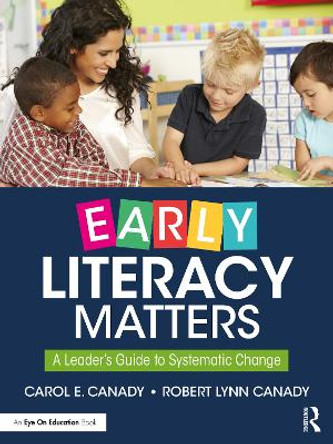This text provides teachers, speech-language pathologists, and others working with young children with methods for providing systematic and engaging literacy instruction. The approaches it treats are evidence based, being examined and refined by classroom implementation. They cover the array of important early literacy and language skills, both print based and meaning based (phonological awareness, print awareness and letter knowledge, story comprehension and vocabulary, and oral and written language). In a casual style and tone, easily accessible to a wide variety of readers, each chapter presents underlying research, applied principles, and illustrations of a variety of contexts and activities for instructional purposes. Ideas for school-home connections are included as well.While there are a number of texts that focus on emergent and early literacy curriculum (defining curricular components and developmental progression), assessment, and instructional delivery models, this book contains innovative content not found elsewhere, including: Strategies and procedures for coordinating class-wide literacy instruction and activities with supplemental literacy services provided by support personnel Specific ways to use paraeducators and parent or community volunteers to increase instructional opportunities Procedures for conducting effective professional development Integrated arts curriculum and procedures Mechanisms for embedding literacy learning in all classroom contexts with varied participant structures in order to provide intense and frequent opportunities for children to practice literacy skills Primarily targeted at early childhood educators and speech-language pathologists at preservice and practicing professional levels, the content will also be relevant to any education professionals involved with literacy instruction in early childhood settings, including reading specialists, special educators, and teachers of English as a second language. The book is also appropriate for undergraduate or graduate level classes dealing with early language and literacy instruction or with intervention in early childhood education, speech-language pathology, or special education programs.
About the AuthorBarbara Culatta, PhD Dr. Barbara Culatta is a Professor of Communication Disorders and Associate Dean of the McKay School of Education at Brigham Young University. She received her PhD from the University of Pittsburgh and completed a postdoctoral fellowship from Johns Hopkins University. She has written a book entitled Language and Literacy Instruction in the Classroom and numerous book chapters and publications on language and literacy instruction. She has directed early literacy and intermediate grade literacy instructional projects. Dr. Culatta has conducted federally-funded literacy projects in Spanish and English in Head Start and public school settings and was awarded research and training grants in early language intervention and collaborative-based language and literacy instruction. Her research evaluates the effectiveness of language intervention procedures for improving children's academic functioning. She relies on play, story enactment, hands-on experiences, and instructional conversations as contexts for enhancing language and literacy skills in young children. Kendra Hall-Kenyon, PhD, is Assistant Professor in the Department of Education at Brigham Young University. Sharon Black is a writing consultant and editor at the David O. McKay School of Education. She is also an Associate Teaching Professor in the English Department at Brigham Young University. She has held this position since 1992.
Book InformationISBN 9781597563451
Author Barbara CulattaFormat Paperback
Page Count 488
Imprint Plural Publishing IncPublisher Plural Publishing Inc
Weight(grams) 612g
Dimensions(mm) 229mm * 152mm * 25mm









